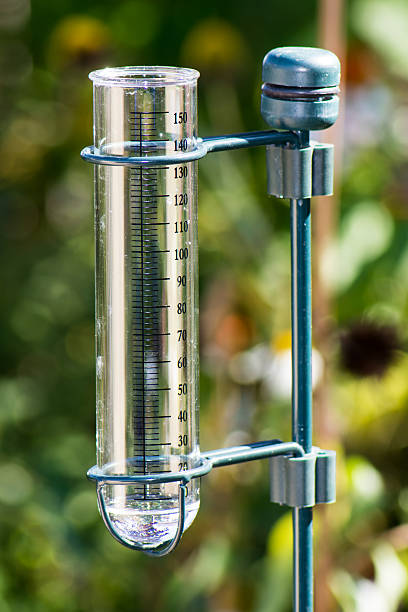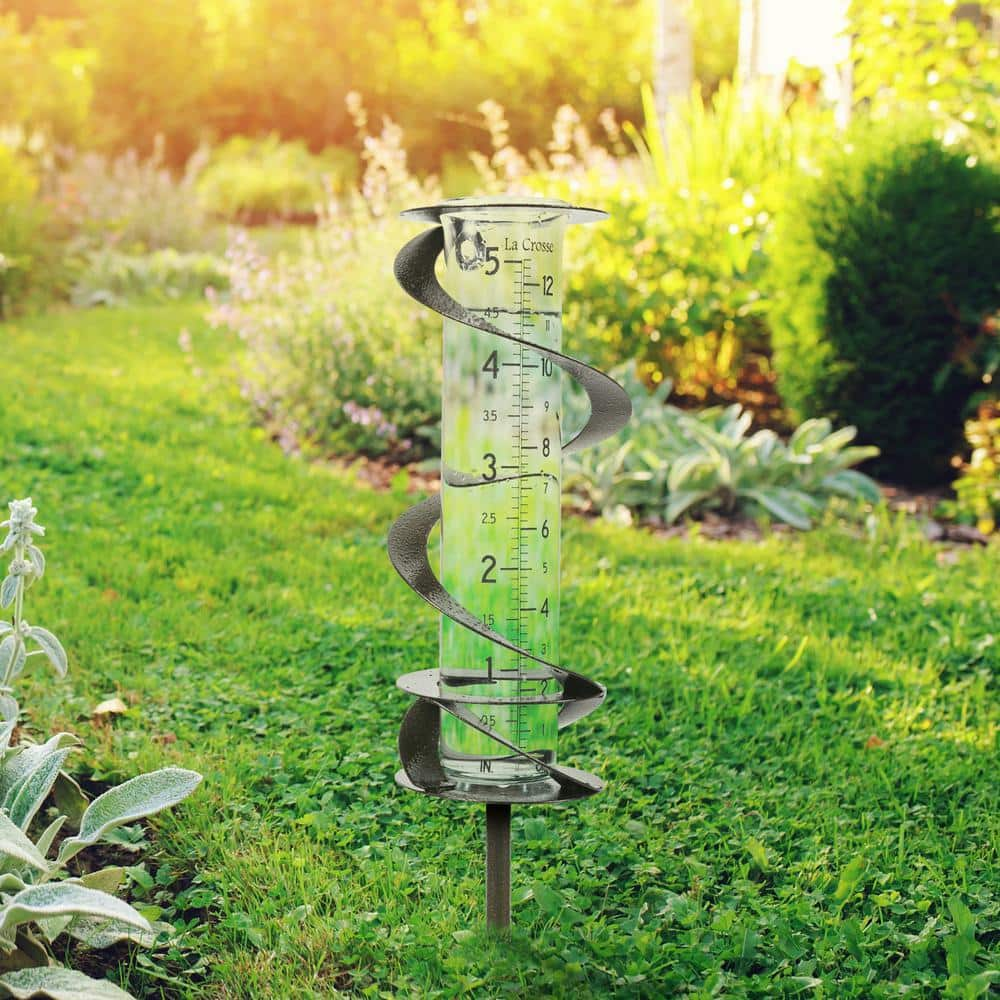The Rain Gauge: Enhancing Agricultural and Environmental Checking Efforts
The Rain Gauge: Enhancing Agricultural and Environmental Checking Efforts
Blog Article
DIY Rain Scale: Simple Steps to Make Your Own
Producing your own DIY rainfall gauge is a efficient and easy way to videotape and measure precipitation. With just a couple of common materials and some fundamental steps, you can quickly build your own rainfall scale at home. Allow's obtain started on making your Do it yourself rain gauge today!
Gather Products
To start constructing your Do it yourself rainfall gauge, gather all the required products making use of a comprehensive checklist of things. Having the right products on hand will ensure the effective creation of your rainfall gauge and enable for precise dimensions of rains. Collecting these materials in advance will certainly enhance the construction procedure and make certain that you have everything you require to create your own DIY rainfall scale.
Prepare the Container

Mark the Measurement Increments
To accurately gauge the amount of rainfall, precisely noting the measurement increments on your do it yourself rain gauge is important. Without accurate and clear markings, it would be challenging to identify the precise quantity of rainfall gathered in your rainfall gauge. Below are the steps to note the dimension increments on your rainfall gauge.
The most typical devices for measuring rains are inches and millimeters. As soon as you have actually selected the device, use an irreversible pen or water-proof paint to mark the increments on the side of your rainfall scale.
When marking the increments, it is very important to ensure that they are equally spaced and clearly visible. Use a ruler or measuring tape to guarantee precision and uniformity. Additionally, see to it that the markings are immune to fading or massaging off, as direct exposure to the aspects may create them to degrade with time.
Location the Rain Gauge Outdoors
The rain gauge need to be positioned outdoors to properly gather rainfall information. The place picked for the rainfall gauge must be cost-free and open from any type of blockages that might possibly affect the dimension of rainfall. The Rain Gauge.
Additionally, it is critical to position the rainfall scale on a secure surface area, such as see this site a degree ground or a strong post. This will protect against any activity or tilting of the scale, which could bring about imprecise dimensions. It is likewise a good idea to stay clear of placing the scale near any type of resources of artificial water, such as lawn sprinklers or drain systems, as this might hinder the accuracy of the measurements.
Screen and Record Rain Data
Routine tracking and recording of rainfall information is crucial for accurate data analysis and interpretation. By keeping track of rainfall dimensions, you can acquire important insights right into weather condition patterns, environment patterns, and water source administration. To effectively check and videotape rainfall information, it is essential to develop a routine and preserve regular practices.
To start with, make sure that your rain gauge is placed in an open location away from barriers such as trees or buildings that might block rains. In addition, make certain the rainfall scale is level and securely anchored to stop any type of movement that might affect the accuracy of the measurements.

When taping the rainfall information, it is important to note the day and time of each measurement. Make use of a ruler or a determining adhere to figure out the rains deepness in the rainfall gauge, and document this details precisely.
To make sure the accuracy of the dimensions, it is advised to empty the rain gauge after each recording. This will certainly avoid any type of overflow or dissipation from influencing succeeding measurements.
Conclusion
In final thought, developing a DIY rainfall scale is a easy and functional method to click reference check and videotape rains information (The Rain Gauge). By complying with the actions laid out in this write-up, you can quickly collect materials, prepare the container, mark the measurement increments, and put the rainfall scale outdoors. Frequently keeping track of and videotaping rainfall information can provide important information for different functions
Having the appropriate materials on hand will ensure the effective production of your rainfall scale and allow for precise measurements of rains.To properly gauge the quantity of rainfall, accurately noting the measurement increments on your DIY rain gauge is essential.The rainfall gauge need to be placed outdoors to properly gather rains information. The area selected for the rain scale must be totally free and open from any type Read More Here of obstructions that can possibly impact the dimension of rains.In final thought, producing a DIY rainfall scale is a simple and functional method to monitor and record rains information.
Report this page